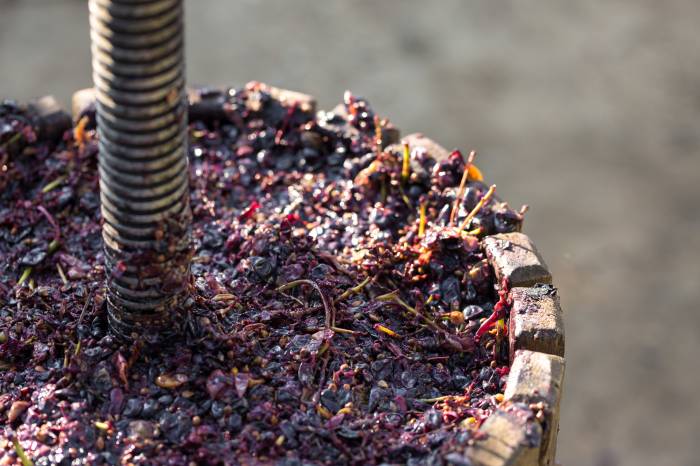
A research project at the Pontificia Universidad Católica de Valparaíso in Chile is aiming to transform wine industry waste into valuable bioproducts. Fabián Otálora, a doctoral student in biochemical engineering, is leading the initiative. The project focuses on converting grape pomace and lees—byproducts from winemaking—into medium-chain fatty acids that can be used in the biofuel, cosmetics, and food industries.
The research is part of the Concurso de Valorización a la Investigación Universitaria (VIU), funded by Chile’s National Agency for Research and Development (ANID). Otálora’s team uses a specific microorganism, Clostridium kluyveri, which is non-pathogenic and capable of linking small molecules to form larger structures. This process allows the conversion of low-value compounds like acetate and ethanol into higher-value fatty acids such as butyrate, caproate, and caprylate. These acids have higher energy density and are sought after as precursors for bioplastics, animal feed additives, and other industrial applications.
Otálora explained that the final product is a liquid mixture of medium-chain fatty acids. This mixture can be separated into specific compounds—C4, C6, or C8—depending on the needs of different industries. The goal is to offer tailored solutions to various sectors using this biotechnological platform.
The wine industry in Chile’s Valparaíso region produces more than 27,000 tons of waste each year. This includes grape pomace, which consists of skins, pulp, seeds, and stems left after pressing grapes, and lees, which are solids left in barrels after fermentation. Although these residues are rich in ethanol, organic acids, and micronutrients, only about 20 to 25 percent are currently reused. The rest are discarded or underutilized, creating an environmental burden.
Chile imports more than 95 percent of its medium-chain fatty acids, mostly from palm oil produced in Southeast Asia. This reliance on imports brings environmental concerns due to deforestation in countries like Malaysia and Indonesia. It also creates economic dependence on international markets.
Otálora said that his project offers an alternative by using local organic waste to produce these valuable acids domestically. This approach could reduce costs, lower environmental impact, and create new export opportunities for Chilean industries. The project fits within the broader framework of a circular economy by reusing waste materials and reducing reliance on imported raw materials.
While the current research focuses on wine industry waste, Otálora noted that the same technology could be applied to other organic residues. Potential sources include food waste from school cafeterias, breweries, and distilleries. The team hopes to expand the project to include these materials in the future.
The initiative highlights the potential for biotechnology to address both environmental and economic challenges in Chile’s agricultural and industrial sectors. By turning waste into valuable products, the project aims to create new business opportunities while reducing the environmental footprint of traditional industries.

Dining and Cooking